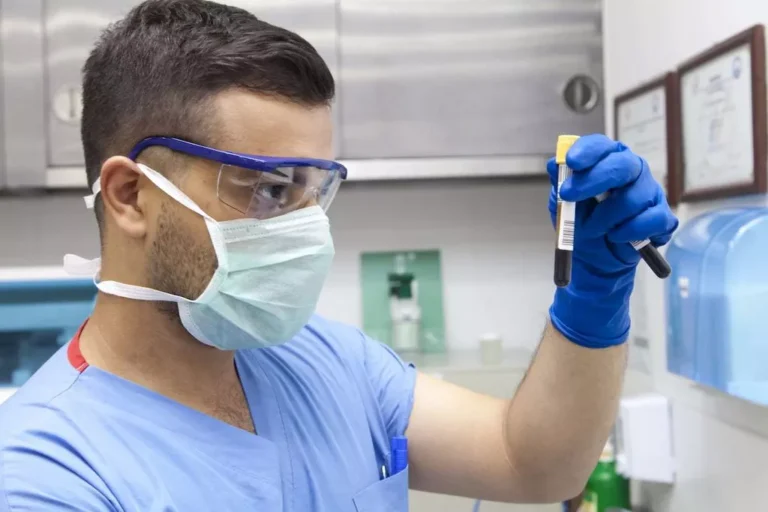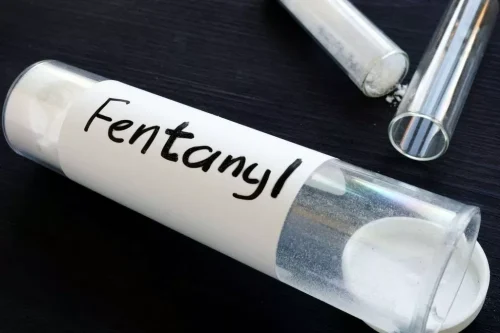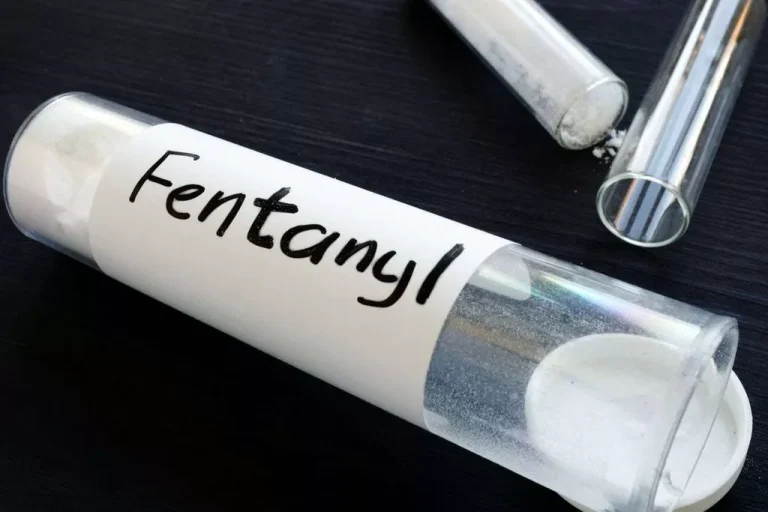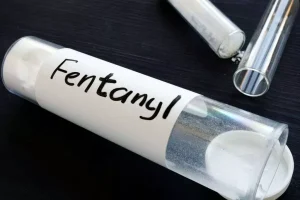
If you suddenly quit taking methadone, you will experience unpleasant withdrawal symptoms. This is why you shouldn’t suddenly stop taking methadone without your doctor’s assistance. For example, if you were taking methadone for chronic pain, you may see a return of pain symptoms and withdrawal symptoms. Fortunately, they are reversible, and you will stabilize after a few days. You can avoid the rebound phenomenon by working with a medical team for withdrawal. A person should not withdraw from methadone without medical supervision.
- When used as a form of medication-assisted treatment, it decreases opioid withdrawal symptoms.
- While outpatient treatment can help to teach some necessary skills, there is far more time dedicated to skill development, and one-on-one support offered, in inpatient treatment.
- A relapse, or a return to methadone or opioid use, after detox or a period of abstinence, can greatly elevate the risk for a life-threatening overdose.
Is there treatment for withdrawal?
Drug treatment centers utilize the expertise of physicians and therapists to develop a personalized treatment plan for each patient. In almost all cases, an inpatient treatment program methadone withdrawal will give moderate to severe methadone addicts their best chance at a successful recovery. Inpatient programs, also sometimes referred to as residential, provide the patient with around-the-clock medical treatment, a variety of therapy programs, and valuable life skills training. Although each specific treatment program varies tremendously, there are thousands of options available, meaning there is a good match for every patient. If you enter a treatment program, whether it entails inpatient and/or outpatient programs, it’s recommended that you finish what you started. Few benefits can come from leaving treatment early, and if you are in treatment, it’s because a decision, experience, or consequence led to the present moment.

2. ENTERING TREATMENT
Outpatient treatment is also an option for those whose methadone addictions have been diagnosed as minor by a substance abuse professional. Outpatient treatment is also generally recommended for those who have completed an inpatient program but are still new to sobriety. Most medical detoxes provide a tapering off of the drug, or reducing the user’s dosage over a period of weeks. This method reduces the severity of withdrawal symptoms and is usually recommended over quitting “cold turkey.” However, tapering off the drug takes longer. Addiction to opioids, such as heroin and prescription opioids, is the leading cause of drug overdose in the United States. For those with addiction, untreated physical and psychological withdrawal symptoms may be severe, making it challenging to abstain from using the drug.
How do I take care of myself?
For example, if you’re drug addiction treatment taking prescription opioids to manage pain after surgery or injury, your provider will work with you to gradually reduce how much you’re taking. The most serious complication is having an accidental opioid overdose if you stop taking an opioid and then return to using it. Sometimes, withdrawal symptoms are so severe that people return to opioid use to make symptoms stop.

These folks continue to abstain from drugs and alcohol because they =https://ecosoberhouse.com/ never gave up—and neither should you. Because the disease of addiction lives in the mind, it can never fully disappear, even after years of sobriety. People who have been in recovery for 10, 20, or 30 years and up, accept the power of their disease and possess the humility to be honest and ask for help, regardless of the challenges they face.
